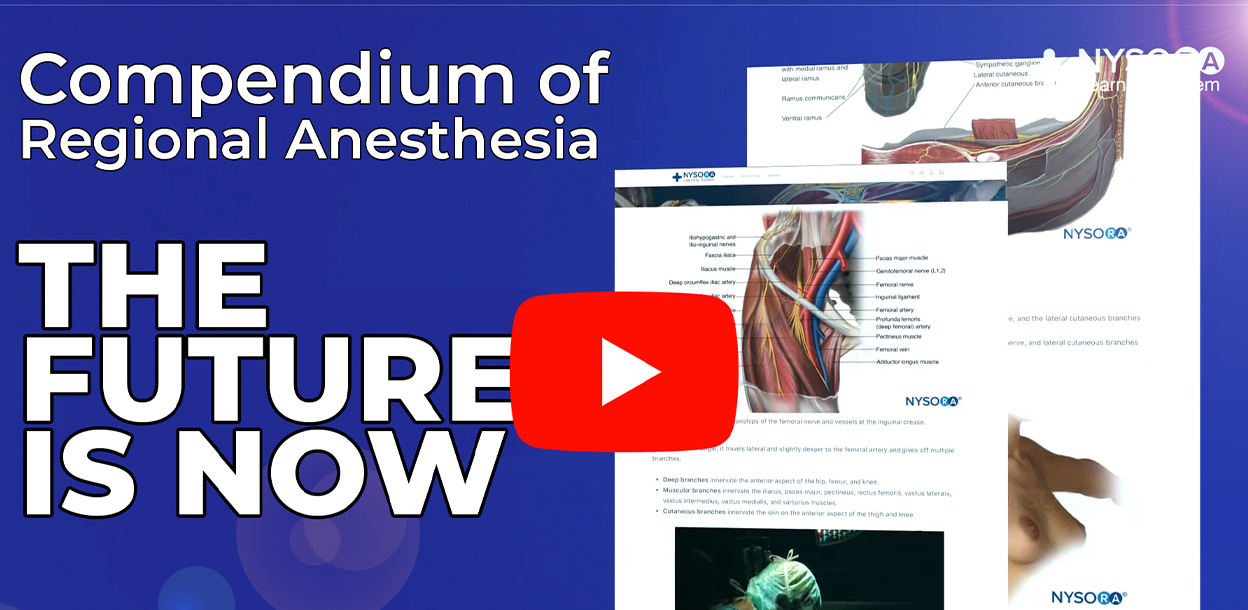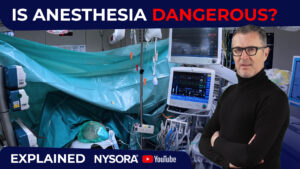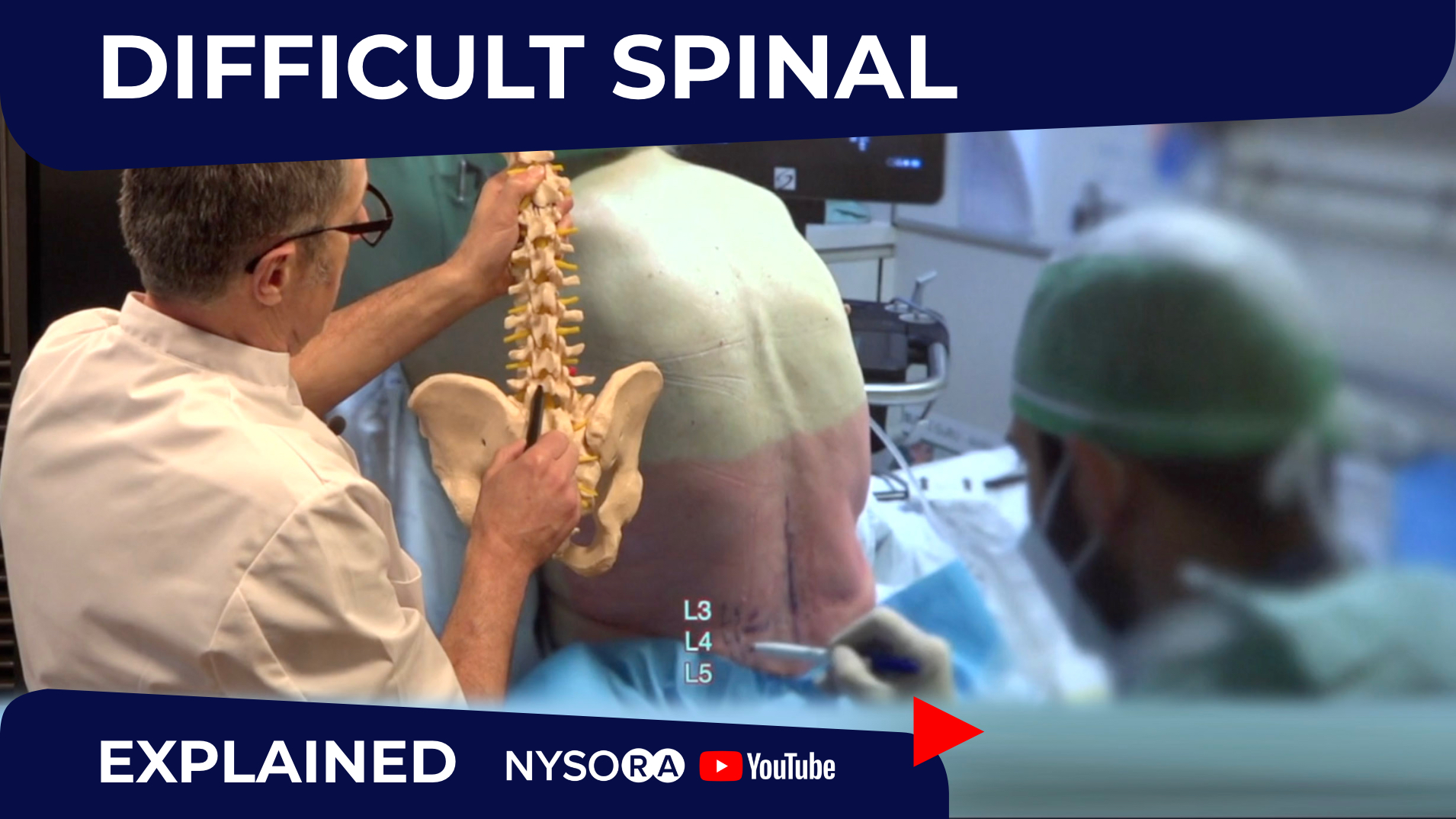Introduction NYSORA Compendium of Regional Anesthesia
The first edition of NYSORA’s Textbook of Regional Anesthesia and Acute Pain Management was a compendium of knowledge in regional anesthesia that quickly became a gold standard for students, practitioners, and test-takers alike. The material in this edition has been organized into thematic sections. We have added numerous new anatomical dissections, diagrams, and functional anatomy illustrations developed by the NYSORA team for practitioners of regional anesthesia and pain medicine. NYSORA’s teaching of these techniques is based on the principles of injecting local anesthetics within connective tissue sheaths; consequently, significant effort was invested in functional regional anesthesia anatomy and in illustrations that demonstrate the importance of this concept.
The sections represent a collection of uniquely educational electron microscopic images that offer insights into the mechanisms of the neural block, causes of failures, and the anatomical basis for the vulnerability of neural structures to anesthesiology interventions. We believe that these sections and their timeless images will remain relevant for generations of students to come. There is a discussion on the clinical practice of regional anesthesia, starting with local and infiltration anesthesia. Dr. Raeder’s team describes the use of local anesthetics for intra-articular and periarticular infiltration.
Overview
Intravenous regional (Bier) blocks are still practiced worldwide. A revised chapter on intravenous regional anesthesia for upper and lower extremity surgery was contributed by Dr. Alon Winnie and his former students. The chapter features an updated reference list and step-by-step guidance for clinical practice. The chapters on neuraxial and epidural anesthesia have been thoroughly updated and feature a wealth of anatomical, practical, and clinical considerations, including complications and their management. A new chapter on the etiology and management of failed spinal anesthesia is highly practical and will be of interest to both students and practitioners of anesthesiology. The chapter on epidural anesthesia contributed by Drs Toledano and Van de Velde features a vast amount of physiologic, pharmacologic, and practical management information, and it is a good example of the efforts invested in making this edition of the textbook up-to-date. Postdural puncture headache now includes several electron microscopic images that facilitate understanding of the underlying pathophysiology and instructional diagrams that guide treatment.
The latest techniques and information about ultrasound-guided nerve blocks are also featured. Beginning with equipment and the physics behind image optimization and artifact reduction, the chapters progress to the practical aspects of ultrasound-guided techniques for peripheral nerve blocks of the upper and lower extremities and truncal blocks. The techniques of locoregional anesthesia for maxillofacial and eye surgery have also been updated. Chapters focusing on ultrasound imaging of the paravertebral and neuraxial space are also present.
Content
The sections on pediatric regional anesthesia and the utility of ultrasound have been greatly expanded by some of the most respected practitioners and educators in pediatric anesthesiology and perioperative care.
There are updated and much expanded chapters on the practice of regional anesthesia in patients with specific considerations and comorbidities. The chapters also contain a wealth of anatomical information, teaching diagrams, and illustrations that add meaningful value to this textbook regardless of the needle guidance and techniques methods.






